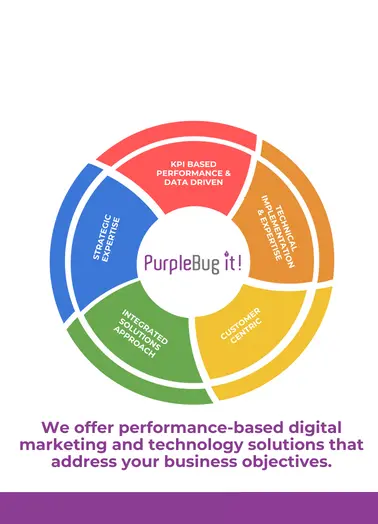Digital Marketing
Get Started on Ecommerce with Shopify!
Whether you own a startup, small business, or a huge brand, building an ecommerce website or shop gives your business an edge in the modern commercial landscape.
Since the pandemic hit, more and more Filipinos have opened up to the idea of buying things online for safety and convenience.
There are many ecommerce platforms you can use, and one of the most well known among them is Shopify.
What is Shopify?
Shopify is a subscription-based software that allows anyone to build an online store where they can sell products to anyone. You can get started with their free themes varying on your product type. You can also upgrade to their premium themes for a more customized customer ecommerce experience.
Why use Shopify?
Using Shopify to build your ecommerce store gives you these perks:
- Quick and easy set-up
- Customizable
- Secure and reliable
- 24/7 customer support
- Mobile-friendly
- SEO and marketing tools available
- Allows abandoned cart recovery
- Own payment gateway
With Shopify, users can launch their dream businesses anywhere in just a series of clicks!
Setting up your online store
Once you’re all set with your branding and products, it’s time to build your online store through Shopify. Here are six (6) easy steps to make it happen:
1. Start your free trial
Landing on their website gets you an invitation to start your free trial.
Type your email address and click “Start free trial”. Shopify will then ask you to fill out your store name, business experience, where you would sell, what you plan to sell, where you get your products, and location. Then, you will need to create a Shopify account using your email address, Apple, Facebook, or Google account.
The 14-day free trial will give you enough time to set up your online store before giving Shopify a single peso.
2. Add your products
Shopify will give you 3 tasks to help you set up your online store.
First thing to do is to click or tap “Add product”. Then, fill out your product name and add a brief description. Make sure the name and the description are easy to understand.
Add an image, video or a 3d model of the product. Complete your product listing with the price, inventory information, shipping information, etc.
Once done, you can then click “Continue setting up your store.”
3. Customize Theme
After adding your product, click “Customize theme” to adjust your online store based on your preferred features.
Shopify offers a wide range of free themes to choose from, with distinct features to fit specific industries. When you’ve found the ideal theme for your store, you can add it to your selection by clicking “Add to theme library”.
Next, you will then need to add a header, images, etc. Once you’ve set your custom features, click “save” then exit.
4. Add a custom domain
A custom domain gives you branding, trust, and discoverability. Using a custom domain also promotes brand consistency and builds customer trust by showing how your website is directly affiliated with your business. This feature will also help your customers find you easier with improved SEO.
With that in mind, the next step in setting up your online store is using a custom domain. Start by clicking the “Add domain” in the setup guide.
You will then need to choose between buying a new domain or connecting to an existing domain.
Choosing to buy a new domain, you will type the domain name you want and Shopify will offer a deal for your domain.
If you choose to connect to an existing domain, you will need to type the domain you purchased from third parties like Go Daddy, BlueHost, Z, etc.
5. Set up shipping details
Shipping is one of the most important aspects of an online store.
From here, you can set-up whether to offer free shipping, which courier you plan to use, etc. You can also set up how much you will charge for shipping your products to them.
6. Set up payment gateways
Choose from the following payment gateways here in the Philippines:
- Dragonpay
- GCash
- SwiftPay
- Paypal
- PayMongo
Once you have set this up, you’re good to go!
With hard work, excellent products, and superb customer service, you can make your business dreams possible. To level up your ecommerce game, you can also consult a digital marketing agency in the Philippines.
Sources:
https://www.shopify.com/ph/blog/start-online-store
https://www.oberlo.com/blog/how-i-launched-my-ecommerce-store-in-less-than-30-minutes
https://www.web.com/blog/start/website-design/a-guide-to-domain-names-for-small-businesses




